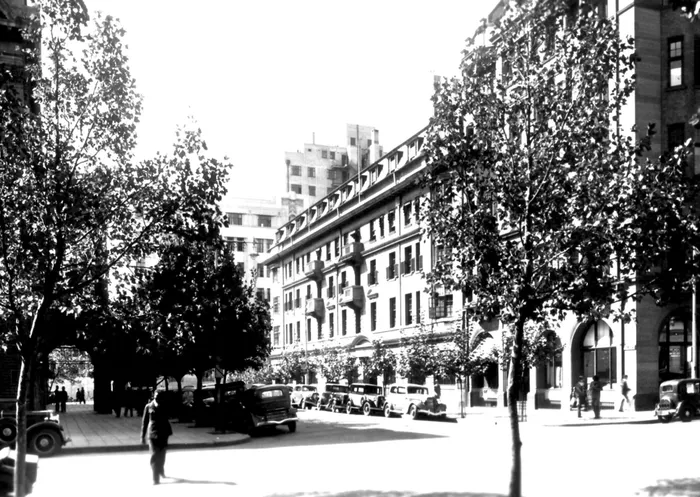The battle for Parkview

Johannesburg - It’s now almost completely forgotten but, once upon a time, revolution came to Parkview.
In 1922, 20 000 white mineworkers downed tools to protest against plans to give semi-skilled jobs to black workers. The strike escalated into a revolt, known as the Rand Rebellion, in which more than 100 died, hundreds were wounded, the air force bombed rebels, police came under sniper fire and running battles were fought in Joburg’s streets.
As the situation spiralled out of control, the army shelled Reds camped out in Auckland Park from near where the offramps from the M1 are today, then rained shells on their last holdout in Fordsburg.
On March 13, 1922, The Star reported that an air force plane which had been “carrying out operations” was forced, by engine trouble, to land “on some open ground at the south end of Parkview golf course”.
“At the time of the landing there were a considerable number of Reds scattered about, and as soon as the aeroplane landed the air men were made the target of some snipers.”
A second air force plane, commanded by Lieutenant Hector Daniel, landed nearby in an effort to help. A third plane also landed.
The Star continued the story: “The situation was intensely critical, a hot fire was pouring in from the Reds, and it was imperative to abandon the machines. The fuses were taken out of the bombs and Lieut. Daniel and his observer, Lieut. Hammon, each carrying a dismantled Lewis gun, dashed for a sluit about 200 yards away. A third aviator made off in a different direction. The pilot and observer on their way to the sluit had to cross an open space, passing over which they ran the gauntlet of a heavy Red fire.”
While his comrades fought a gunbattle with the Reds, Daniel made off to a farmhouse (“near Linden township”) where he commandeered a “trolley” and two horses.
The lieutenants then set off for Rosebank, where there was a military camp. On their way, they were challenged by an armed, mounted striker. Hammon was shot and wounded and the Red killed.
After dressing Hammon’s wounds, Daniel drove the trolley to a house “in the neighbourhood” where they obtained civilian clothes. He then took Hammon to the hospital and deposited the Lewis Guns at the Drill Hall.
The 1922 Revolt was little short of a full-scale civil war. Communists fighting for a white workers’ republic attacked black workers and their families indiscriminately and it was only through the harshest measures – the use of airborne bombs and artillery – that the revolt was put down. - Saturday Star